Concussion and whiplash
Interestingly, as well as dizziness and headaches, is it also very common for people who experience concussion to have associated signs and symptoms of whiplash.
A study conducted in high school and elite football athletes showed that between 60-120G of force were required to sustain a concussion. In contrast, Spitzer et al. (1995) showed that it only takes 4.5G of force to sustain a whiplash. Therefore, it is likely that most people that present with a concussion most will suffer from a whiplash injury simultaneously.
This information makes it very important for clinicians to always clear the cervical spine and assess neck pain in those with concussion.
By Katherine Viti, student at Exercise Thought.
References:
Broglio, S.P., Surma, T. & Ashton-Miller, J.A. (2012) High School and Collegiate Football Athlete Concussions: A Biomechanical Review. Annals of Biomedical Engineering. 40, 37–46. https://doi.org/10.1007/s10439-011-0396-0.
Spitzer, W. O., Skovron, M. L., Salmi, L. R., Cassidy, J. D., Duranceau, J., Suissa, S., Zeiss, E., Weinstein, J. N., & Nogbuk, N. (1995). Scientific monograph of the Quebec Task Force on whiplash-associated disorders: Redefining 'Whiplash' and its management. Spine, 20(8 SUPPL.), 2S-73S.

